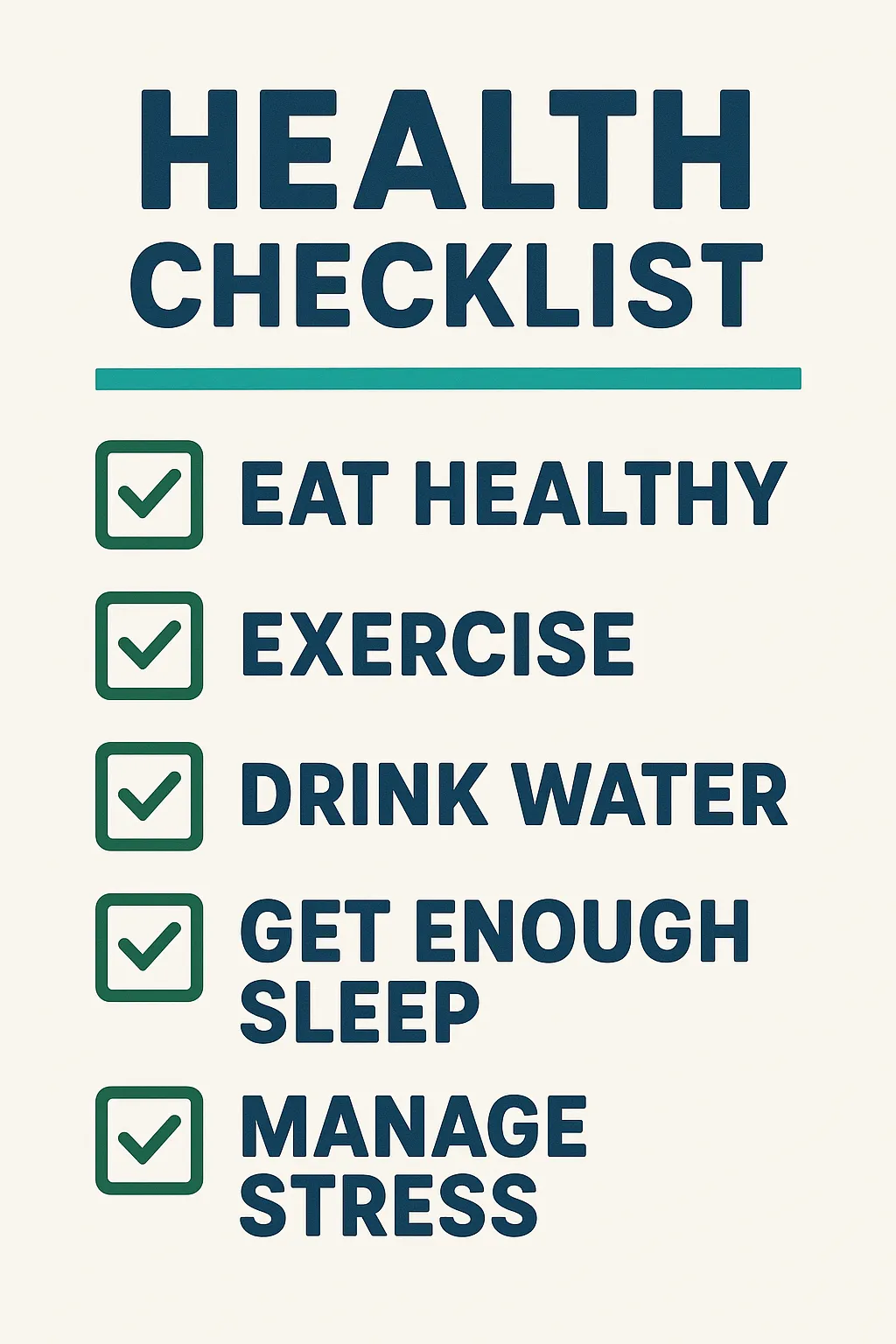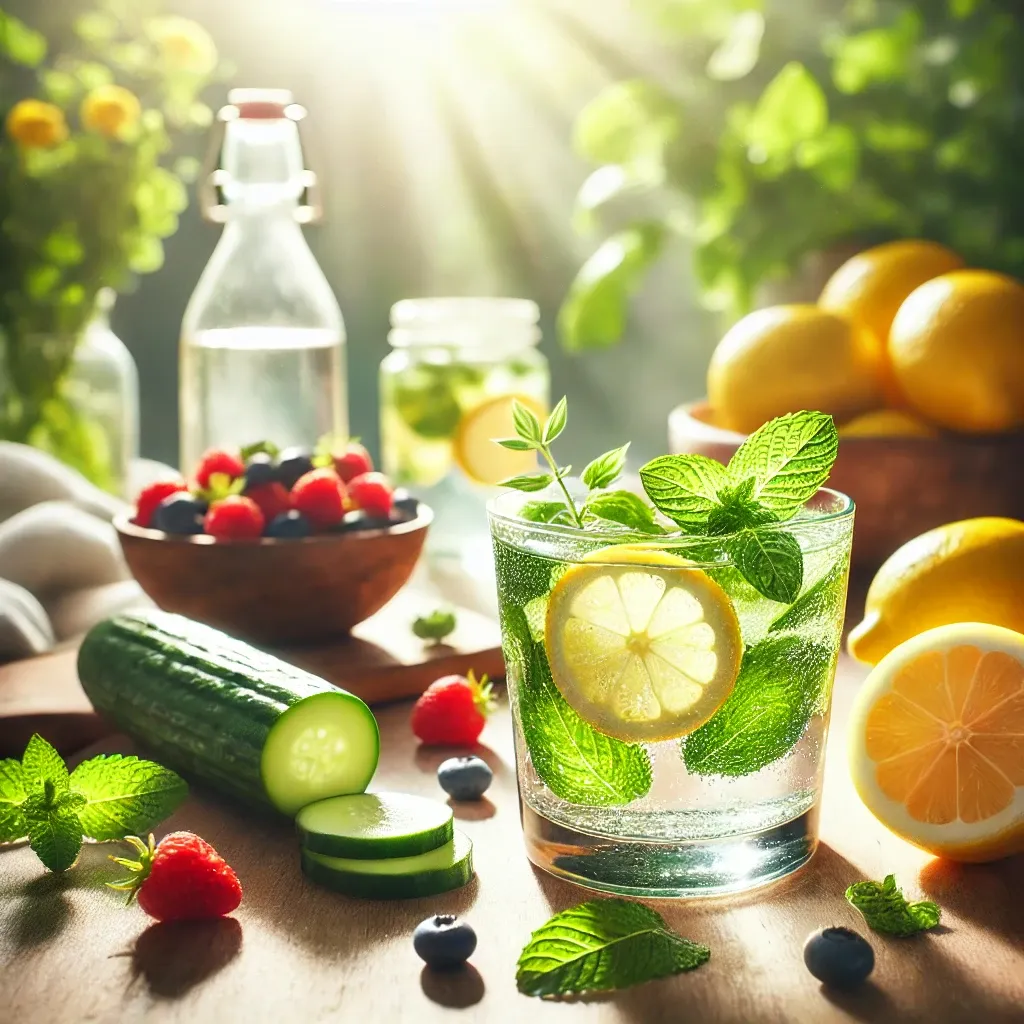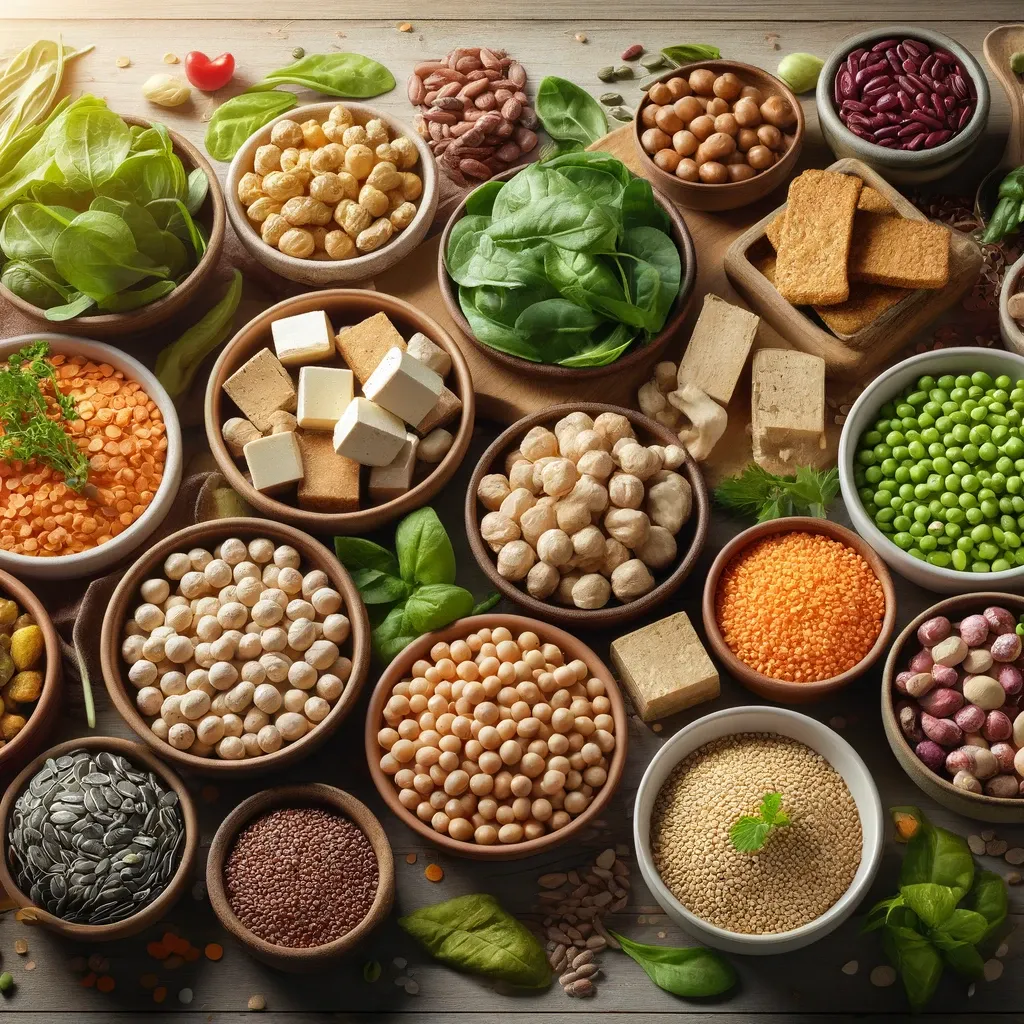📋 Table of Contents
Among the many dieting methods gaining attention these days, one of the most talked about is the “low-carb diet.” It’s not just about cutting carbs—it’s a method that changes your metabolism and promotes fat burning.😎
Especially for busy modern people, it’s gaining popularity as a way to lose weight quickly and adopt sustainable eating habits. But instead of just cutting carbs blindly, accurate information and strategy are essential!
What is a Low-Carb Diet?🤔
A low-carb diet, as the name suggests, reduces carbohydrate intake while increasing the consumption of proteins and fats. The key here isn’t just “stop eating bread”—it’s about inducing a metabolic state called ketosis where fat becomes the primary source of energy.
This method was initially developed for diabetic patients, but due to its effectiveness in weight loss, it became popular among the general public. Diets like the “Ketogenic Diet” and “Atkins Diet” are typical examples of low-carb approaches.
In my opinion, a low-carb diet not only improves eating habits but also shifts how we perceive food. It helps us realize how much hidden sugar we consume without even noticing.
Typical carbohydrate restriction ranges from 20g to 100g per day, which can be adjusted depending on individual goals or weight. The advantage is that you don’t need to completely eliminate carbs to see results.
🥗 Comparison: Low-Carb vs High-Carb Diet
| Category | Low-Carb | High-Carb |
|---|---|---|
| Primary Energy Source | Fat | Carbohydrates |
| Weight Loss Speed | Fast | Moderate |
| Appetite Suppression | Effective | Uncertain |
| Long-Term Sustainability | Varies by individual | High |
As shown in this table, each diet differs depending on one’s goals and body type. Low-carb diets are excellent for rapid weight loss and appetite suppression, but to stick with it, you need knowledge and a solid plan.
Benefits of a Low-Carb Diet✨
A low-carb diet offers more than just weight loss—it provides a variety of health benefits. The most noticeable is the improvement in insulin sensitivity. When you reduce carbohydrate intake, blood sugar spikes decrease and insulin levels stabilize, making this particularly beneficial for people with type 2 diabetes.
In addition, fat burning becomes more active, turning your body into a ‘fat-burning machine.’ Initially, you may experience rapid weight loss due to water loss, but in the long term, you will start seeing real fat reduction.😮
What’s important is that you feel less hungry. When you reduce carbs and consume enough protein and fat, your satiety increases naturally, helping you to cut back on snacks or overeating. It’s not about “eating less,” but about “not needing to eat more because you’re full.”
Many studies also show that low-carb diets help with improved focus and emotional stability. Since blood sugar remains stable without spikes, your energy levels are steady and your brain stays calm and clear.
💪 Summary of Main Effects of Low-Carb Diet
| Effect | Details |
|---|---|
| Weight Loss | Quick initial results from fat burning and water loss |
| Blood Sugar Stability | Prevents blood sugar spikes, improves insulin control |
| Appetite Suppression | Reduced snacking due to greater fullness |
| Mental Focus | Improved concentration from steady energy levels |
As you can see, low-carb diets go beyond weight loss and contribute to overall health improvement. That’s why many people choose it not just for short-term goals but for long-term health management as well!💚
Types of Low-Carb Diets🍳
A low-carb diet isn’t a fixed method. It can be divided into various approaches depending on your goals and lifestyle. Representative types include the Ketogenic Diet, Atkins Diet, and Low-Carbo Diet, and recently, cycling diets are also gaining attention.
First, the “Ketogenic Diet” is the most restrictive in terms of carbohydrate intake. Typically, it limits carbs to less than 20g per day, forcing the body into a state of ketosis, where fat becomes the primary energy source.
The “Atkins Diet” adjusts carbohydrate intake in stages. It starts with strict restriction and gradually increases carb intake as weight is lost. You could call it an adaptive diet.
The “Low-Carbo Diet” is a more flexible approach. It reduces carbs without extreme restriction and emphasizes balanced nutrition. It’s especially popular among office workers and those with busy lifestyles.
🥚 Comparison of Major Low-Carb Diet Types
| Diet Type | Carb Restriction | Characteristics |
|---|---|---|
| Ketogenic | Under 20g/day | Induces ketosis, strong fat burning |
| Atkins | Adjusted by stages | Gradual increase, easier maintenance |
| Low-Carbo | 50~100g/day | Flexible, lifestyle-friendly |
| Cycling | Weekly variation | Includes refeed days |
Each approach has its pros and cons, so it’s important to choose the one that fits your lifestyle and eating habits. Starting with a more flexible plan like the Low-Carbo Diet can be helpful to avoid stress.😉
Tips for Sustainable Dieting💡
To successfully maintain a low-carb diet, it’s more important to change your lifestyle than simply thinking, “I have to cut carbs!” So today, I’ll share some practical and actionable tips😊
The first tip is to ‘reduce snack temptations.’ Snacks we grab without thinking—especially chips, cookies, and bread—are mostly carb-heavy. Try switching to low-carb snacks like boiled eggs, cheese, or nuts instead!
The second tip is meal prep. When you’re hungry, it’s easy to eat whatever is in front of you. If you prepare chicken breast, broccoli, eggs, tofu, etc. over the weekend, you’ll find it easier to stay on track during the week. Bento-style meal prep is also handy for outings🍱
The third tip is to ‘drink plenty of water.’ Hydration is essential for fat metabolism. Also, we often mistake thirst for hunger, so drinking water frequently is very important. Aim for at least 2 liters a day!
🧃 Summary of Practical Diet Tips
| Tip | Details |
|---|---|
| Snack Replacement | Switch to eggs, cheese, almonds, etc. |
| Meal Prep | Cook in advance over the weekend |
| Water Intake | Drink at least 2L daily |
| Distinguish Fake Hunger | Check if it’s stress or boredom |
By putting these tips into practice one by one, low-carb eating will eventually become a ‘habit.’ Most importantly, don’t stress—just find your own rhythm💫
Recommended and Avoid Foods❌
When starting a low-carb diet, the most important thing is knowing what you can eat and what to avoid. It’s not about “never eating certain things,” but understanding what nutrients they contain and how much.
Let’s first look at recommended foods! You’ll want items that are high in protein and low in carbohydrates. Examples include eggs, chicken breast, pork shoulder, and fish like salmon. These foods promote satiety and support healthy metabolism.
Vegetables are also essential. Focus on leafy greens, broccoli, and cauliflower—high in fiber, low in carbs. However, root vegetables like corn or carrots, which are high in sugars, should be limited.
As for foods to avoid, look out for those high in simple sugars or refined carbs. White rice, flour-based foods, sugary snacks, and sodas cause rapid blood sugar spikes and lead to hunger soon after eating.
🥦 Foods to Eat vs Foods to Avoid
| Category | Recommended Foods | Foods to Avoid |
|---|---|---|
| Protein | Eggs, beef, chicken breast, tofu | Processed meats, fried foods |
| Vegetables | Spinach, broccoli, cabbage | Potatoes, carrots, corn |
| Beverages | Water, unsweetened tea | Soda, fruit juice |
| Snacks | Almonds, sunflower seeds, cheese | Cookies, cake, candy |
Having this classification helps you shop more efficiently and makes it easier to choose meals when dining out. Once you get used to picking the right foods, it’ll become second nature😉
Meal Plan for Beginners📅
When starting a low-carb diet, one of the biggest concerns is “What exactly should I eat?” So here’s a sample one-week meal plan for beginners. It’s designed to be simple and easy to follow.
This plan is based on three meals a day. If you get too hungry between meals, you can add a small low-carb snack. The key is maintaining regular and stable meals.😊
Carbohydrate intake is set under 50g per day. Make sure to eat enough protein and fat to stay full. All ingredients listed are those recommended earlier in this article!
By focusing on foods like eggs, avocados, salmon, broccoli, and olive oil, your meals can be both tasty and healthy. Plus, they’re easy to prepare—even on a busy morning.
📋 One-Week Low-Carb Meal Plan (Sample)
| Day | Breakfast | Lunch | Dinner |
|---|---|---|---|
| Monday | Egg + Avocado + Black Coffee | Chicken Breast Salad | Grilled Salmon + Butter Stir-Fried Veggies |
| Tuesday | Greek Yogurt + Almonds | Pork Neck with Lettuce Wrap | Tofu Salad |
| Wednesday | Fried Egg + Bacon | Tuna Salad | Perilla Mushroom Soup |
| Thursday | 2 Boiled Eggs + Cheese | Bulgogi Wrap | Steamed Eggs + Stir-Fried Bok Choy |
| Friday | Soy Milk + Nuts | Chicken Breast Tomato Stir-Fry | Shrimp & Broccoli Stir-Fry |
This meal plan is just a sample, so feel free to adjust it based on your preferences and situation. The most important thing is becoming aware of carb intake and building the habit of choosing the right ingredients!👍
FAQ
Q1. Is a low-carb diet effective for everyone?
A1. It is effective for most people, but if you have special medical conditions such as diabetes or kidney disease, it’s best to consult a doctor before starting.
Q2. Do I have to completely cut out carbs?
A2. No, it’s about adjusting the amount. Ketogenic diets typically limit carbs to under 20g per day, but regular low-carb plans allow 50–100g.
Q3. How do I maintain the diet when eating out?
A3. Choose dishes centered on meat or fish and skip the rice and noodles. Go for salads, grilled items, or steamed dishes when possible.
Q4. Do I need to exercise while on this diet?
A4. It’s not mandatory, but combining light cardio or strength training with the diet can improve fat loss results.
Q5. Is it okay to eat a lot of fat?
A5. Yes, as long as it’s healthy fat like olive oil, avocado, or nuts. Avoid trans fats and saturated fats as much as possible.
Q6. I feel dizzy or tired at the beginning. Why?
A6. This is a temporary symptom known as the “keto flu.” It improves with proper hydration and electrolyte intake.
Q7. Can I eat fruit?
A7. Most fruits are high in sugar, so it’s better to limit them. However, small amounts of berries like blueberries or raspberries are okay.
Q8. Is it safe to follow a low-carb diet long term?
A8. Many studies show it’s safe in the long term. Just make sure to get a variety of nutrients and have regular health checkups.









